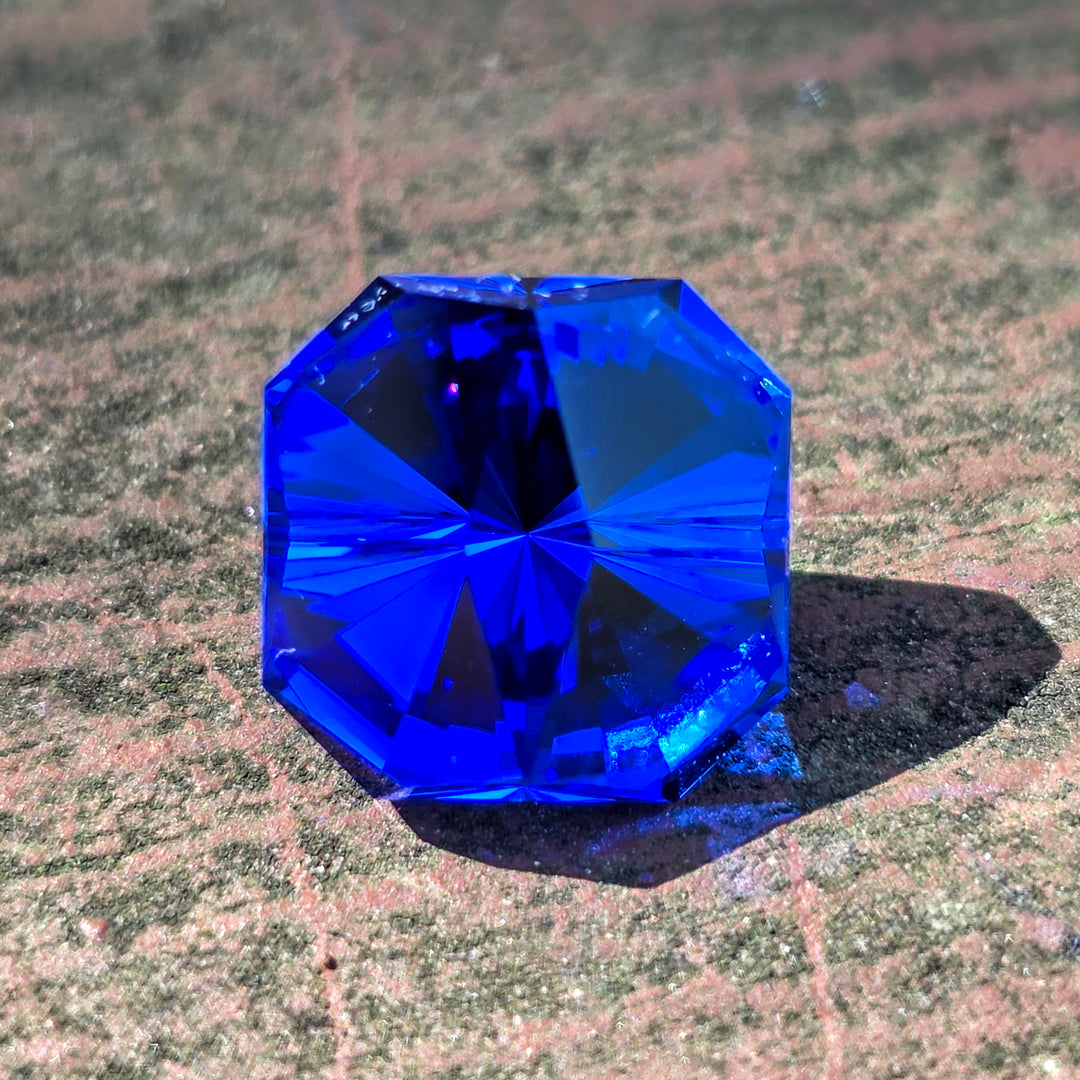🌍 Unearth the Excitement ♻️
🔥 New Items Added Daily! 🔥
📐Precision Cut: .25 micron polish
- 🎉 Custom Orders
- 💥 IN STOCK 💥
-
💙💚💜 ALEXANDRITE
The Flame Fusion or Verneuil Process is a time-honored method for growing synthetic crystals, particularly used for producing gemstones like sapphires and rubies. Invented in the late 19th century by Auguste Verneuil, the process involves the melting of finely powdered material (like aluminum oxide for sapphires) in a high-temperature flame. This flame, typically fueled by oxygen and hydrogen, melts the powder, causing it to fall onto a support where it solidifies and accumulates, layer by layer, to form a crystal. The temperature and flow of the material are carefully controlled to ensure uniform crystal growth. This method is highly valued for its ability to produce large volumes of synthetic gemstones with good color and clarity at a relatively low cost. While the crystals formed by the Verneuil process often contain certain characteristic inclusions or flaws, their overall quality and beauty have made them popular in jewelry and various industrial applications, such as watch bearings and laser components. The Flame Fusion method represents a significant advancement in material synthesis, bridging the gap between natural gemstone rarity and the demand for high-quality synthetic alternatives.












































